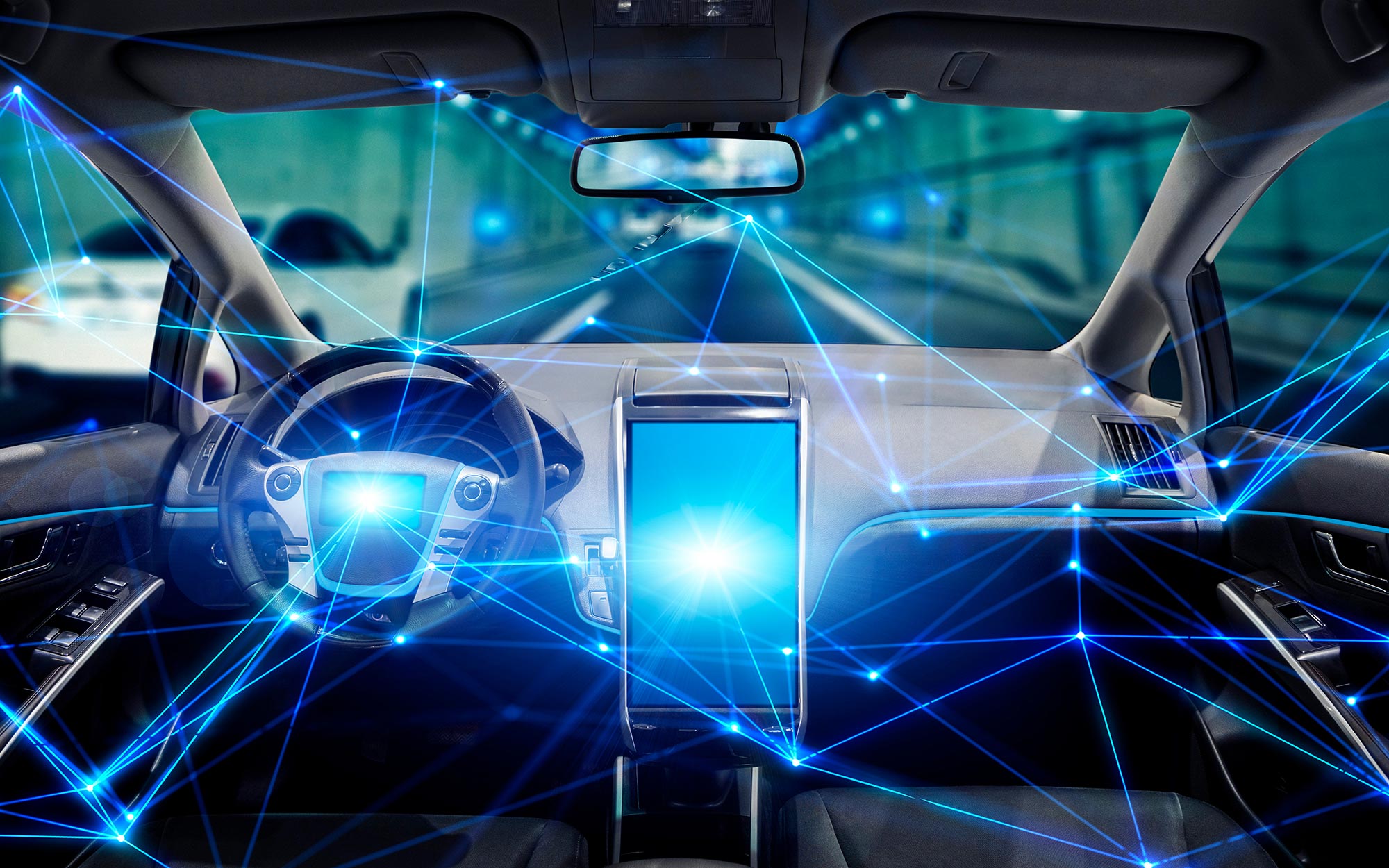
Engineers have developed decision-making and motion-planning technology to limit injuries and damage when self-driving vehicles are involved in unavoidable crashes.
After recognizing that a collision of some kind is inevitable, the system works by analyzing all available options and choosing the course of action with the least serious outcome.
“What can we do in order to minimize the consequences?” said Amir Khajepour, a professor of mechanical and mechatronics engineering at the University of Waterloo. “That is our focus.”
The first rule for the autonomous vehicle (AV) crash-mitigation technology is avoiding collisions with pedestrians.
From there, it weighs factors such as relative speeds, angles of collision and differences in mass and vehicle type to determine the best possible manoeuvre, such as braking or steering in one direction or another.
“We consider the whole traffic environment perceived by the autonomous vehicle, including all the other vehicles and obstacles around it,” said Dongpu Cao, also a mechanical and mechatronics engineering professor at Waterloo.
Khajepour, director of the Mechatronic Vehicle Systems Lab, said the system is needed because the popular idea that AVs of the future will completely eliminate crashes is a myth.
Although safety should improve dramatically, he said, there are just too many uncertainties for self-driving vehicles to handle them all without some mishaps.
“There are hundreds, thousands, of variables we have no control over,” he said. “We are driving and all of a sudden there is black ice, for instance, or a boulder rolls down a mountain onto the road.”
AVs are capable of limiting damage when a crash is unavoidable because they always know what is happening around them via sensors, cameras and other sources, and routinely make tens and even hundreds of decisions per second based on that information.
The new system decides how an AV should respond in emergency situations based primarily on pre-defined mathematical calculations considering the severity of crash injuries and damage.
Researchers didn’t attempt to factor in extremely complex ethical questions, such as whether an AV should put the safety of its own occupants first, or weigh the well-being of all people in a crash equally.
But when carmakers and regulators eventually hammer out the ethical rules for self-driving vehicles, Khajepour said, the system framework is designed to integrate them.


